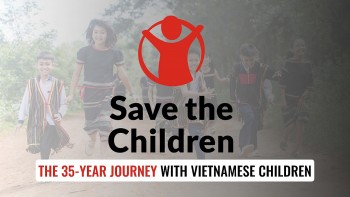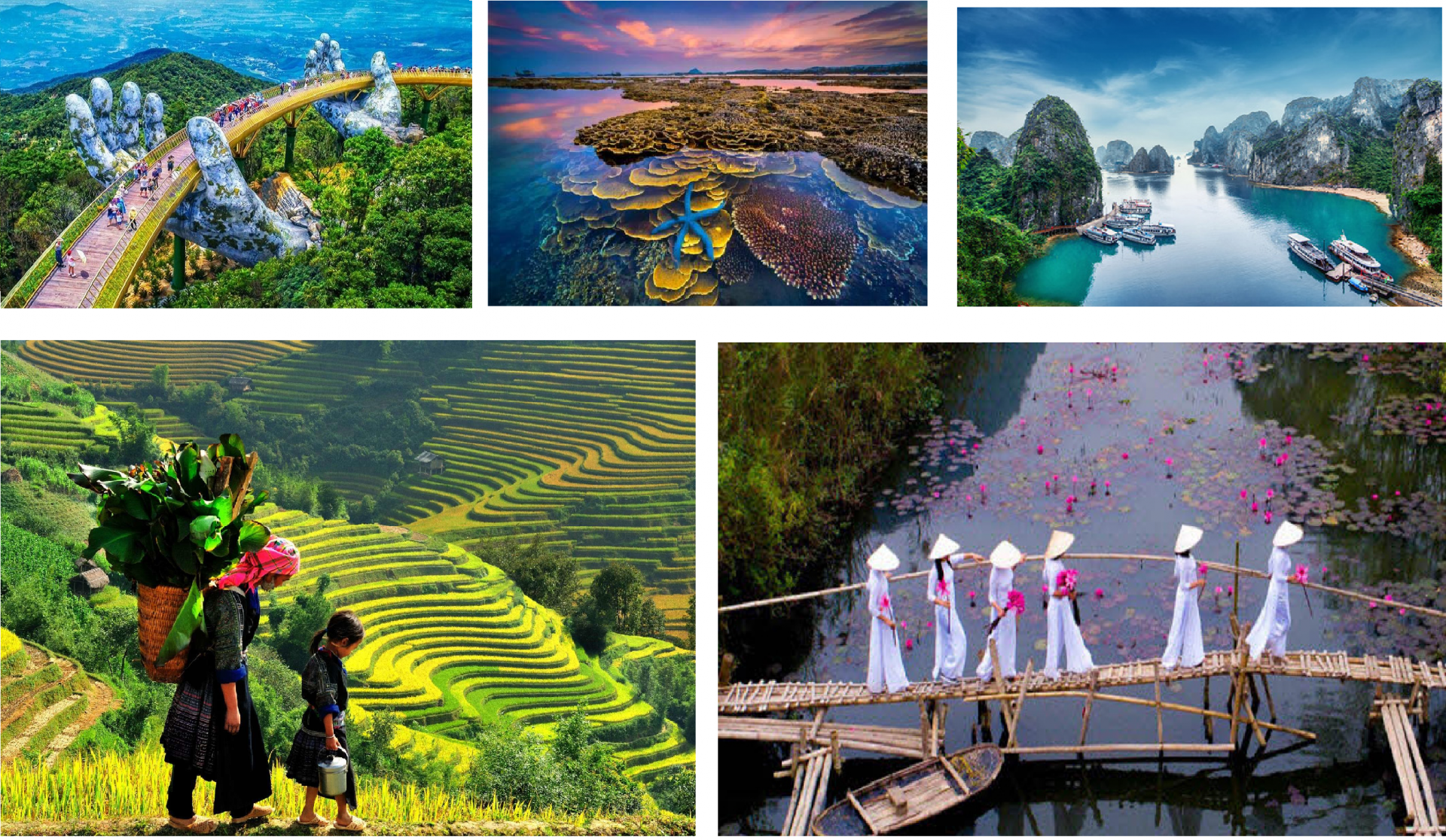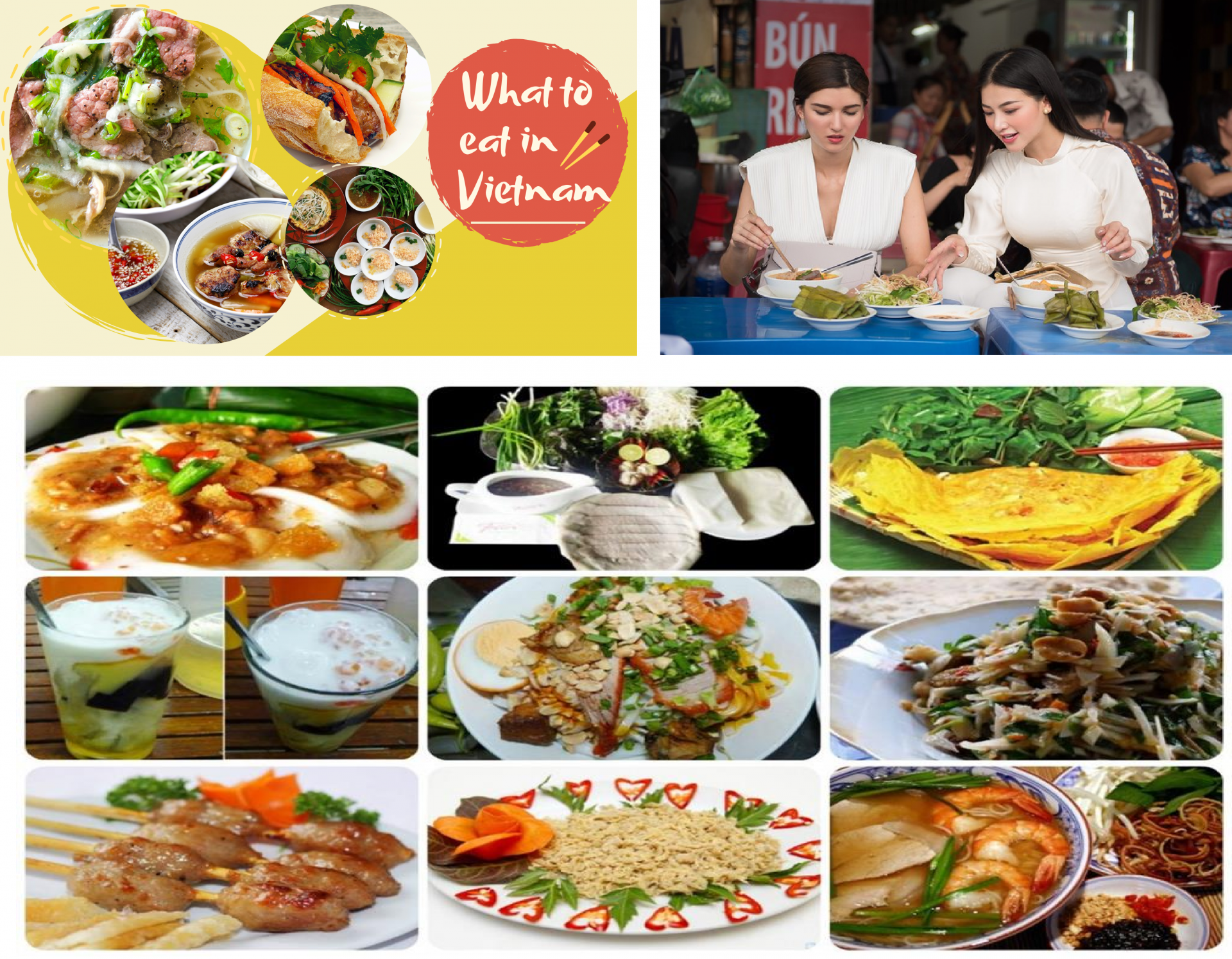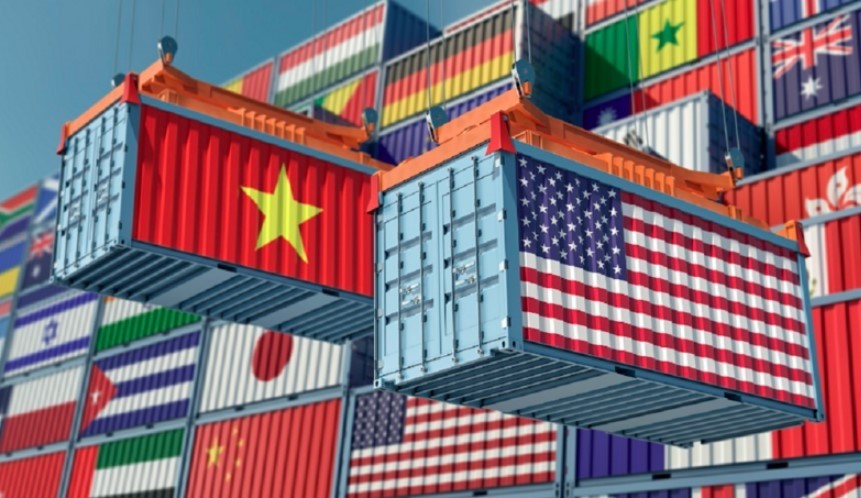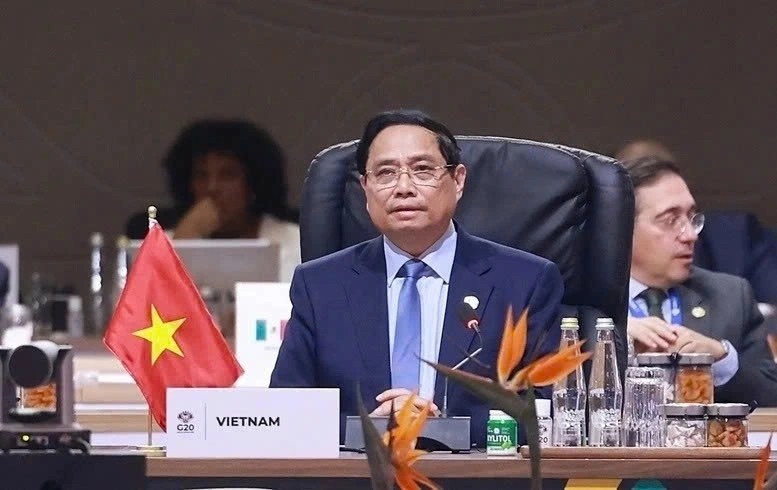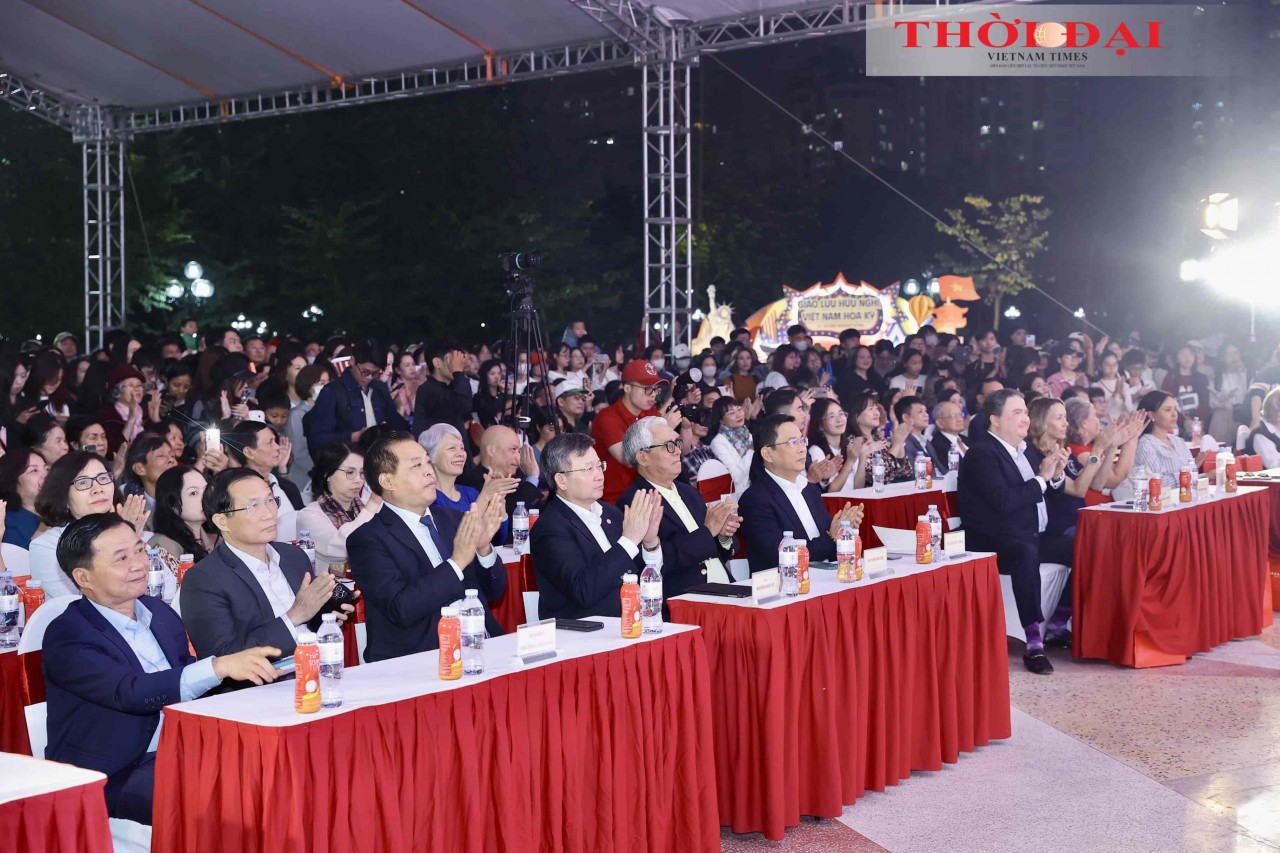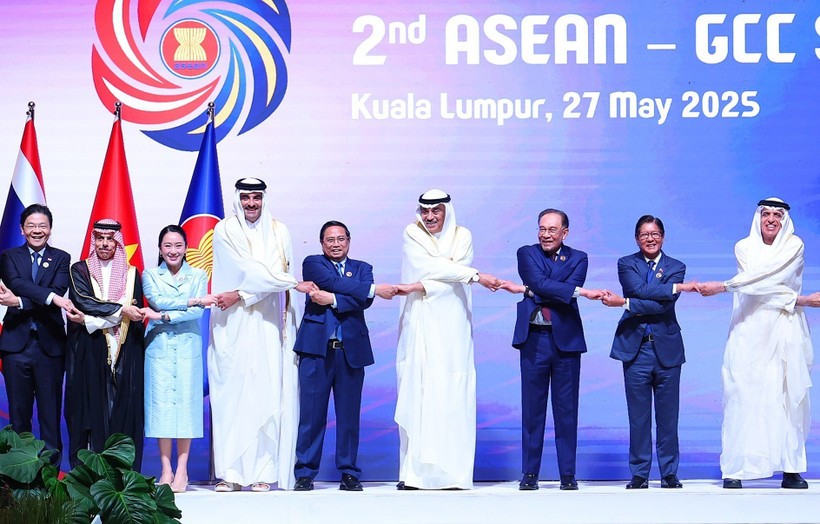When People Promote Vietnam - US Reconciliation:
Part 2: Seeds of Peace
| Multilateral People-to-People Diplomacy: Some Lessons and Reflections | |
| Recognizing Vietnam’s Outstanding Contributions to Global Peace and Solidarity |
Stony Point Conference - The First Step of Humanitarian Cooperation
In 1989, the world witnessed significant changes, from conflicts to solutions. Vietnam withdrew all troops from Cambodia (September 26, 1989), and the Soviet Union and the United States declared the end of the Cold War (at the Malta Summit on December 2-3, 1989).
From December 10 to 13, 1989, at Stony Point (New York, USA), many US non-governmental organizations, such as American Friends Service Committee (AFSC), Vietnam Veterans of America Foundation (VVAF), World Vision USA, Save the Children, US-Indochina Reconciliation Project (USIRP), held a conference on humanitarian assistance for Vietnam.
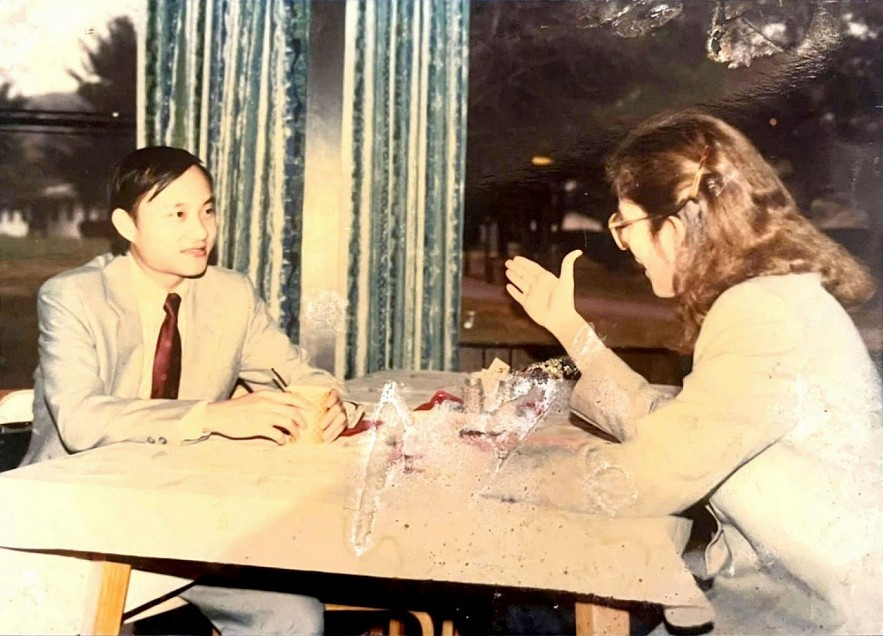 |
| Ha Huy Thong talks with a representative of a US non-governmental organization on the sidelines of the Stoney Point conference, New York, which took place from December 10 to 13, 1989. (Photo: Ha Huy Thong) |
The conference were attended by representatives of the US Department of State (Michael Marine, Deputy Head of the Vietnam - Laos - Cambodia Section), the Permanent Mission of Vietnam to the United Nations in New York, and the People's Aid Coordinating Committee (PACCOM) - a newly established unit on June 10, 1989, assigned to be the focal point in relations and mobilization of foreign non-governmental aid, coordinating with central ministries, sectors and provinces and cities to support humanitarian and development activities of foreign non-governmental organizations in Vietnam.
Ha Huy Thong, who was then working at the Permanent Mission of Vietnam to the United Nations in New York, accompanied the Vietnamese delegation and recalled: "This was a special event: for the first time, US non-governmental organizations were encouraged by the US government to cooperate with Vietnam in humanitarianism, relief, and overcoming the consequences of war. The hall was packed that day. Many people who had opposed the war now sat together to discuss ways to support Vietnam's reconstruction."
According to him, the Stony Point conference of non-governmental organizations, attended by hundreds of representatives, marked a turning point in people-to-people relations between the two countries. In its aftermath, numerous US NGOs began arriving in Vietnam to launch programs in medical care, prosthetics, education, mine clearance, and assistance for people with disabilities. Goodwill was translated into concrete action, establishing a social foundation for long-term reconciliation. Among the earliest initiatives was Operation Smile, which partnered with Vietnamese hospitals and doctors to provide surgeries for children with cleft palates.
Michael Marine, a policy speaker at the conference and later the US Ambassador to Vietnam (2004–2007), remarked that Stony Point brought together individuals who played pivotal bridging roles during the transitional phase of bilateral relations.
“Peace Trees” from the United States to Quang Tri (Vietnam)
The spirit of Stony Point was carried forward by the establishment of PeaceTrees in 1995. The establishment of diplomatic relations between the United States and Vietnam prompted Danaan Parry and Jerilyn Brusseau (Seattle, Washington) - who suffered the pain of losing their loved ones in the war in Vietnam - to found an organization to help solve the problem of the legacy of bombs and mines in Vietnam.
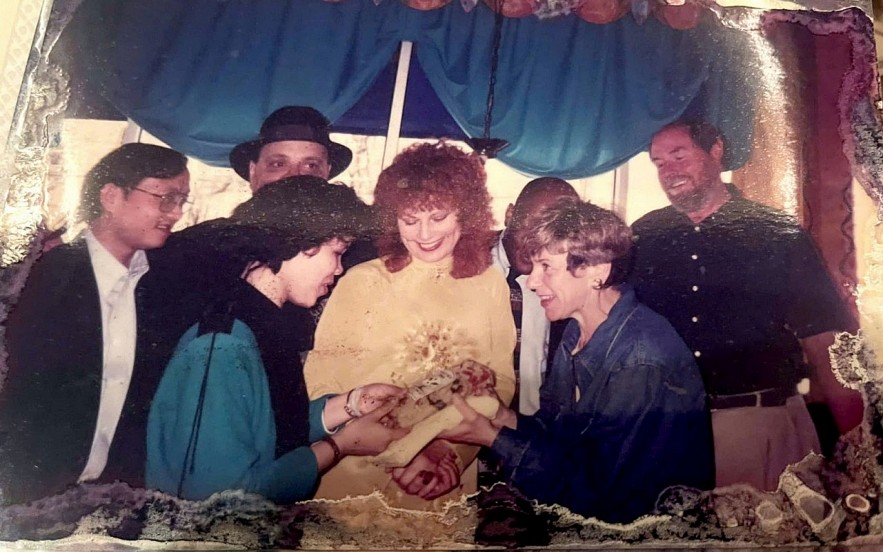 |
| Danaan Parry (far right) and Jerilyn Brusseau (second from right) participated in the groundbreaking ceremony of the Peace Tree planting project in Atlanta (USA) in September 1996 before going to Quang Tri. (Photo: Ha Huy Thong) |
Ha Huy Thong recalled that in September 1996, amid the bustling atmosphere of the Atlanta Olympics, PeaceTrees invited the newly established Vietnamese Embassy in the United States to join the launch of its “Peace Tree Planting” project - an initiative aimed at supporting mine clearance in Quang Tri and restoring greenery to land scarred by the fiercest battles.
“That day, we planted the first peace trees, symbolizing the dawn of a new relationship between the two nations,” Thong said.
Not long after, PeaceTrees arrived in Quang Tri, planted the first trees on land still contaminated with explosives, and then developed into a series of humanitarian projects, including mine clearance, accident prevention education, victim support, post-clearance livelihood development, and the exchange of people and students.
 |
| PeaceTrees Vietnam assists in the clearance of bombs and mines found during the search for US soldiers missing in action during the war in Vietnam, June 2025. (Photo: PeaceTrees Vietnam) |
Over the past three decades, PeaceTrees has emerged as a model of humanitarian cooperation. According to statistics released by PeaceTrees Vietnam on its 30th anniversary, since 1996, the organization has cleared and returned more than 46 million square meters of land to safe use, removed and neutralized over 157,000 dangerous explosives, and provided mine accident prevention education to more than 230,000 people. In addition, it has built 24 kindergartens, 12 libraries, and 2 community houses in disadvantaged areas, while supporting families of mine victims and local communities through livelihood projects, clean water wells, and scholarships. PeaceTrees Vietnam has also welcomed 1,277 American volunteers to Quang Tri through people-to-people diplomacy programs.
“PeaceTrees is a typical example of people-to-people diplomacy between the United States and Vietnam,” Thong emphasized.
Reflecting on the past three decades, Ha Huy Thong noted that people-to-people diplomacy has laid a social foundation, fostered trust, and created the first connections in the process of normalizing Vietnam-US relations. That journey continues today, with “peace trees” planted by both sides - living symbols of memory, of healing past wounds, and of looking toward the future.
 | At the invitation of the President of the Chinese People's Association for Peace and Disarmament, President of the Vietnam Peace Committee Uong Chu Luu, former ... |
 | Spreading Message of Aspiration for Independence, Peace and Friendship through A80 Events At the Conference reviewing activities commemorating the 80th Anniversary of the August Revolution and National Day of the Socialist Republic of Vietnam (A80), held on ... |
Recommended
 Friendship
Friendship
Vietnam-Japan Friendship Association Enhances Engagement with Partners in Japan
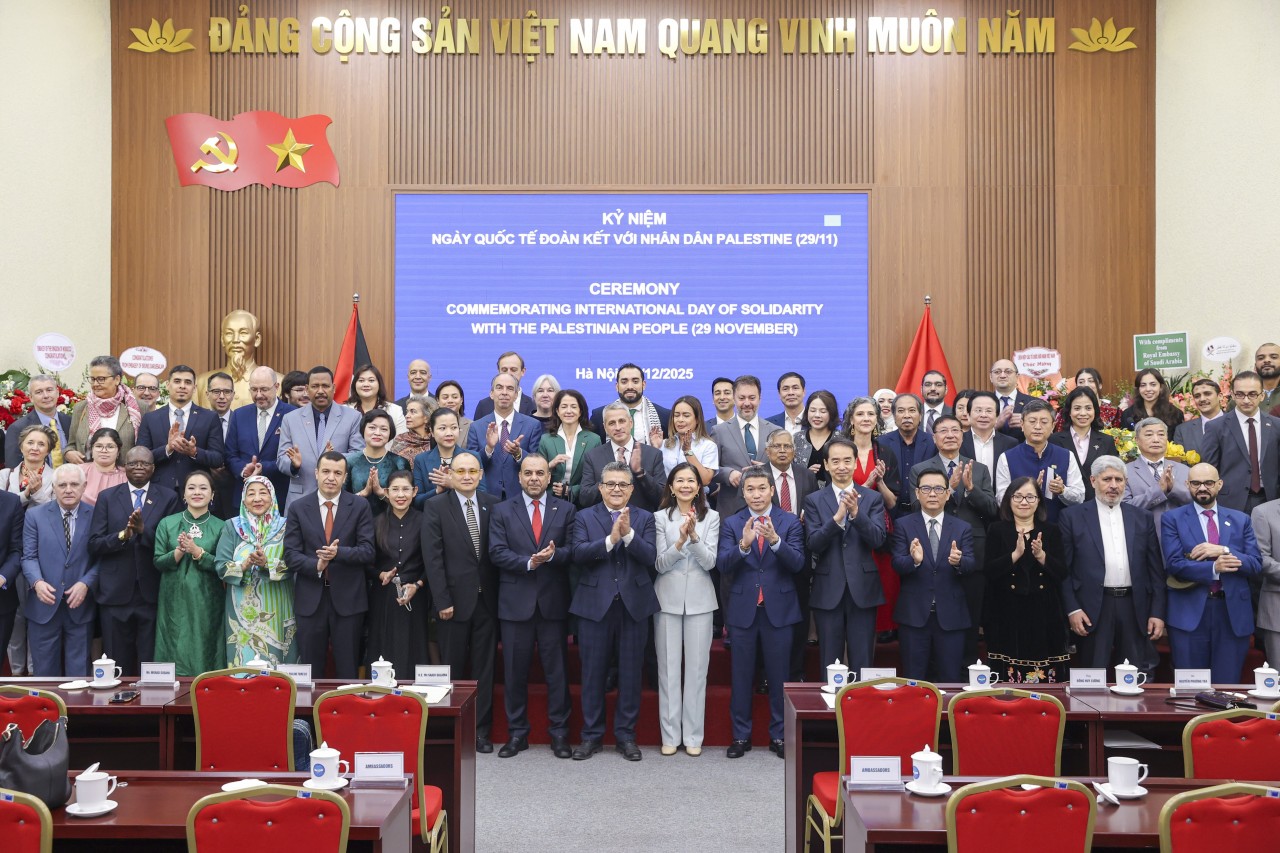 Focus
Focus
Vietnam Affirms Its Consistent Stance in Supporting Palestinian People for Peace and Freedom
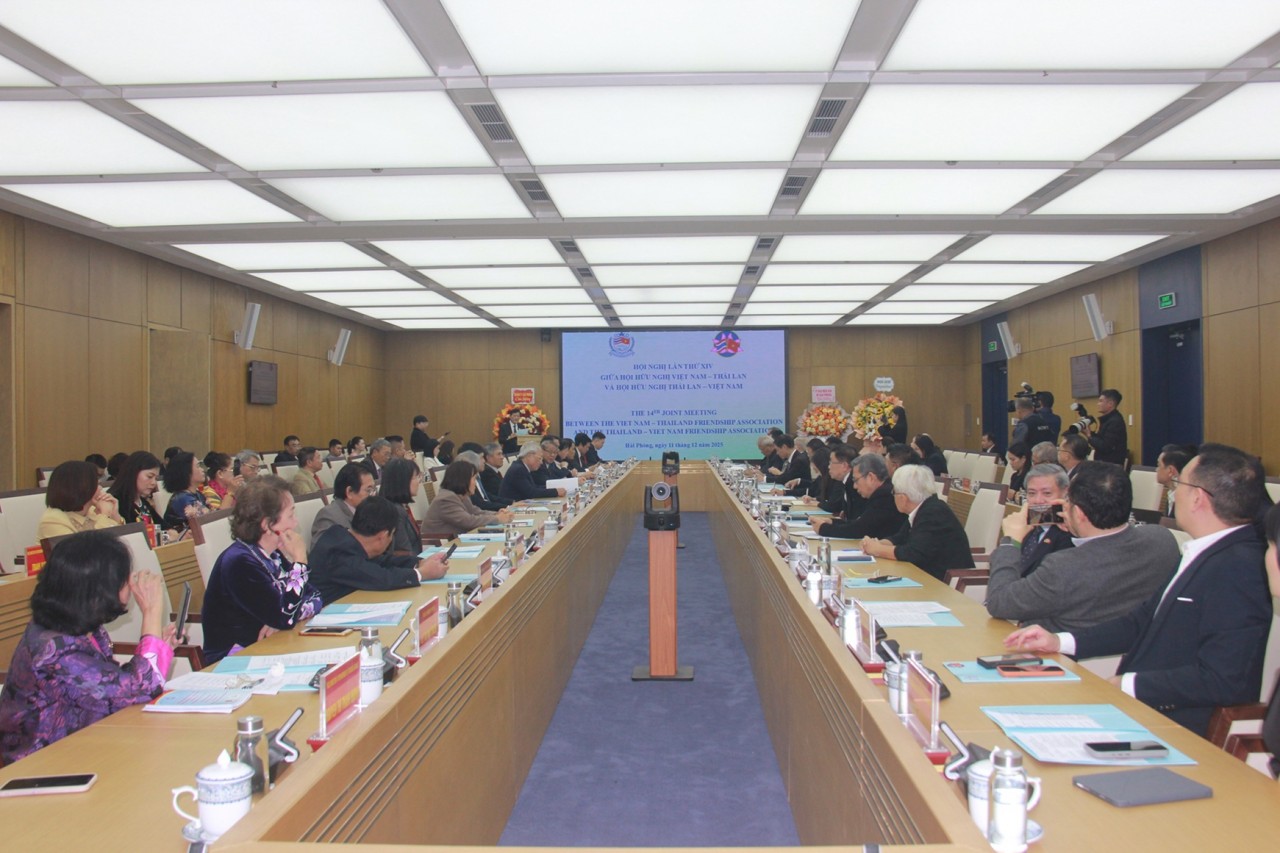 Friendship
Friendship
Friendship Associations between Vietnam and Thailand Set out Seven Key Tasks for 2026
 Friendship
Friendship
People-to-People Diplomacy in Can Tho 2025: Mobilizing Global Resources for Growth
Popular article
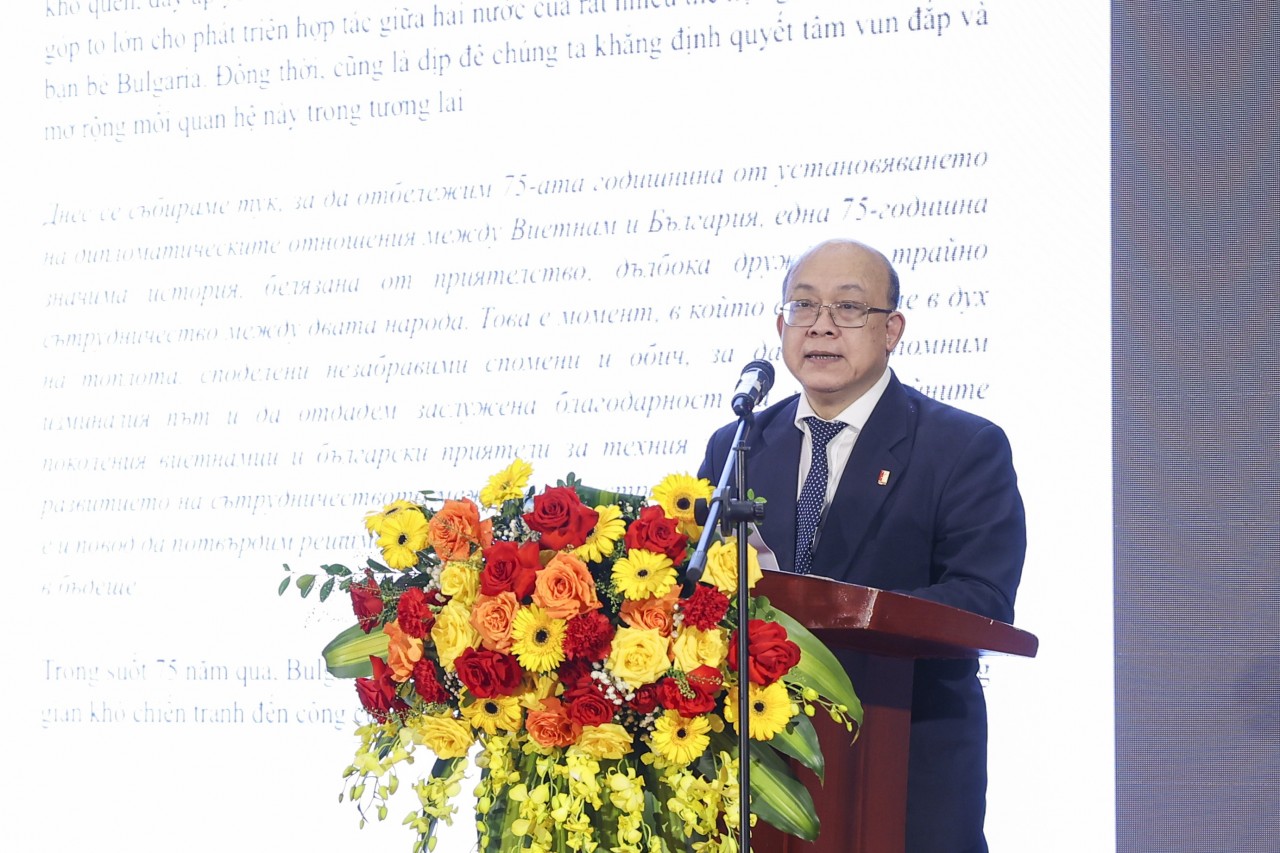 Friendship
Friendship
Strengthening Vietnam-Bulgaria Friendship
 Friendship
Friendship
Kaneya Manabu and His Journey to Discover Viet Nam Through the Vietnamese Language
 Friendship
Friendship
Viet Nam-UAE: Key Advances in Tourism, Culture, and People-to-people Exchanges
 Friendship
Friendship

